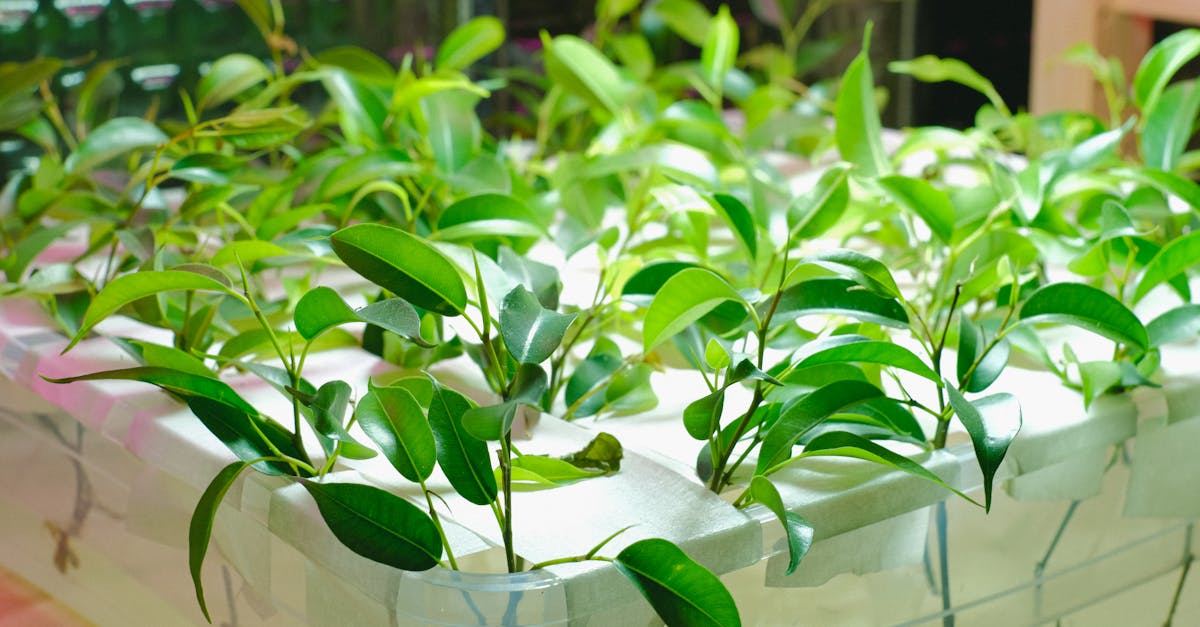The Science Behind Hydroponics: A Revolutionary Method of Plant Growth
Hydroponics is a soilless cultivation method that has been gaining popularity in recent years due to its numerous benefits and advantages over traditional farming methods. But what exactly is hydroponics, and how does it work? In this article, we will delve into the science behind hydroponics and explore the principles that make it possible to grow plants without soil.
What is Hydroponics?
Hydroponics is a form of soilless cultivation where plants are grown in a nutrient-rich solution rather than in soil. This solution is typically made up of water, nutrients, and oxygen, which are dissolved at specific concentrations to meet the plant’s nutritional needs. The plants’ roots absorb the necessary nutrients through a process called osmosis, where water molecules pass from an area of high concentration (the solution) to an area of low concentration (the root cells).
The Science Behind Hydroponics
At its core, hydroponics is based on the scientific principle of plant nutrition. Plants require essential macronutrients such as nitrogen, phosphorus, and potassium to grow and thrive. These nutrients are absorbed by the roots through the process of osmosis, and are then transported to the rest of the plant through a network of xylem and phloem tissues.
In a hydroponic system, these nutrients are delivered directly to the roots in a controlled and precise manner, allowing for optimal growth and development. The nutrient solution is typically made up of a balanced blend of macronutrients, micronutrients, and pH-adjusters to ensure that the plants receive exactly what they need.
Types of Hydroponic Systems
There are several types of hydroponic systems, each with its own unique characteristics and advantages. Some of the most common types include:
- NFT (Nutrient Film Technique): This system involves flowing a nutrient-rich solution through a narrow channel, where the plant roots are suspended.
- Ebb and Flow: In this system, the nutrient solution is pumped into the growing medium at regular intervals, before being drained back out.
- DWC (Deep Water Culture): This system involves placing the plant’s roots in a container filled with water, which is then pumped through an aerator to provide oxygen.
Benefits of Hydroponics
Hydroponics has several benefits over traditional farming methods. Some of the most significant advantages include:
- Increased yields: Hydroponic systems can produce higher yields per square foot than traditional farming methods.
- Water conservation: Hydroponics uses significantly less water than traditional farming methods, making it an attractive option for areas with limited water resources.
- Reduced land use: Hydroponic systems can be designed to grow multiple plants in a small space, reducing the need for arable land.
Conclusion
Hydroponics is a revolutionary method of plant growth that has the potential to transform the way we produce food. By understanding the science behind hydroponics and its various applications, we can unlock the full potential of this technology and create more sustainable, efficient, and productive farming systems.
